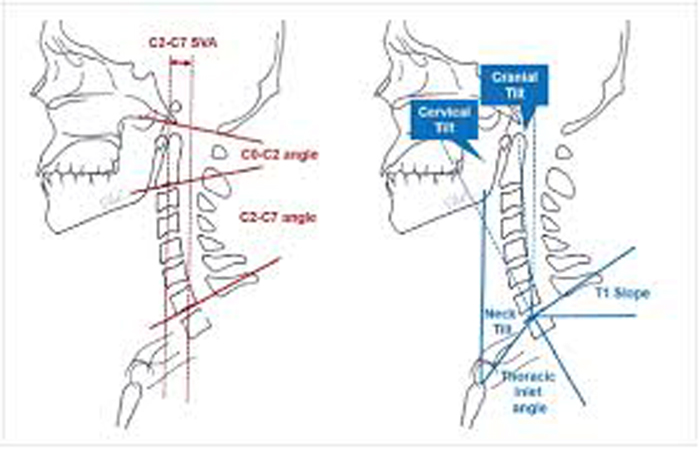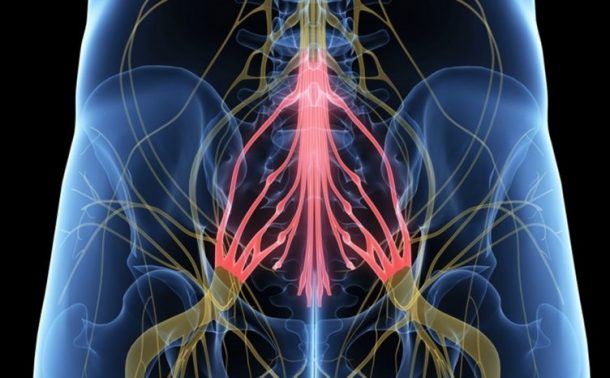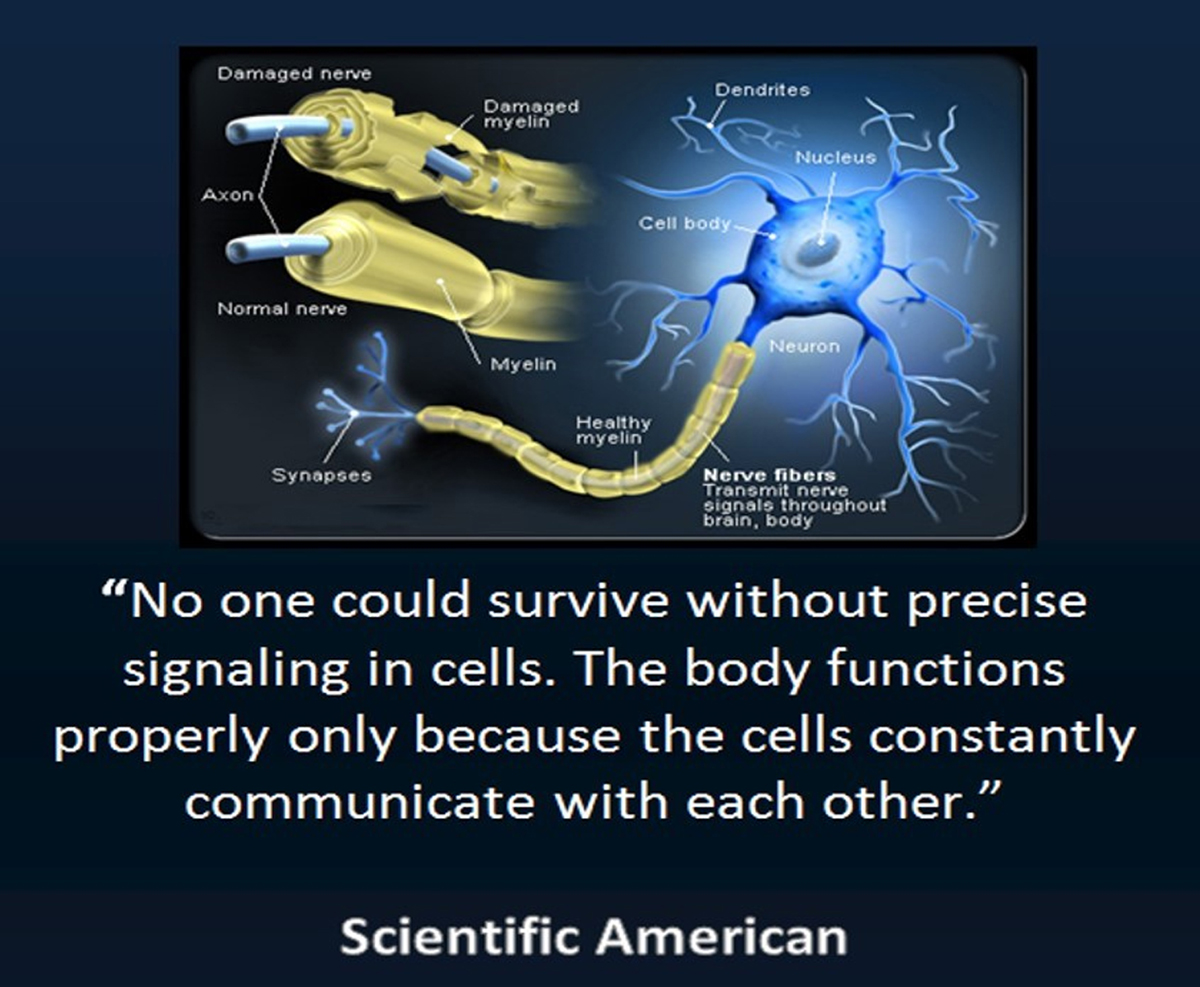Demonstration of Autonomic Nervous Function and Cervical Sensorimotor Control After Cervical Lordosis Rehabilitation: A Randomized Controlled Trial
SOURCE: J Athl Train 2021 (Apr 1); 56 (4): 427–436
| OPEN ACCESS |
Ibrahim Moustafa • Ahmed S A Youssef • Amal Ahbouch • Deed Harrison
Department of Physiotherapy,
University of Sharjah,
United Arab Emirates.

Thanks to Charles Blum, DC, CSCP
Context: Sagittal-plane cervical spine alignment has emerged as one of the most important clinical outcomes in health care. Nevertheless, the quantity and quality of research on the role that cervical sagittal alignment plays in improving sensorimotor and autonomic nervous functions are limited.
Objective: To investigate the immediate and long-term effects of cervical lordosis restoration and correction of anterior head translation (AHT) on pain, disability, autonomic nervous system function, and cervical sensorimotor control in athletes with chronic nonspecific neck pain.
Design: Randomized controlled clinical trial.
Setting: University research laboratory.
Patients or other participants : A total of 110 patients (59 males, 51 females) with chronic nonspecific neck pain and a defined hypolordotic cervical spine and AHT posture.
Intervention(s): Patients were randomly assigned to the control or intervention group. Both groups received a multimodal program; the intervention group also received Denneroll cervical traction. Treatments were applied 3 times per week for 10 weeks.
Main outcome measure(s): Outcome measures were cervical lordosis from C2 to C7, AHT, neck disability index, pain intensity, smooth-pursuit neck-torsion test, overall stability index, left- and right-rotation head repositioning accuracy, and amplitude and latency of skin sympathetic response. The measures were assessed 3 times: at baseline, after 10 weeks of treatment, and at 1-year follow-up.
Results: The general linear model with repeated measures indicated group × time effects in favor of the intervention group for the following management outcomes: cervical lordosis, AHT, neck disability index, pain intensity, smooth-pursuit neck-torsion test, overall
Conclusions: Restoration of cervical sagittal alignment in the athletic population had a direct influence on pain, disability, autonomic nervous system dysfunction, and sensorimotor control. Our results should guide treatment planning for athletes and optimize their recovery time.
There is more like this @ our
SPINAL ALLIGNMENT Section and the
Trial registration number: ClinicalTrials.gov: NCT04306640
Keywords: athletes; autonomic nervous system; neck pain; sensorimotor control.
From the FULL TEXT Article:
Background
Neck pain is among the most common musculoskeletal disorders requiring intervention, with an annual prevalence ranging from 30% to 50%. [1] Chronic nonspecific neck pain (CNSNP) contributes a substantial proportion of the rising health care costs and workplace absenteeism for musculoskeletal disorders. [1] Although the prevalence of neck pain among athletes is similar to that in the general population, sport-specific activities may put athletes at a higher risk of neck pain in some situations. [2] Regardless of the origin of their symptoms, athletes with neck pain may have deficits in muscle recruitment, strength and endurance, repositioning acuity, postural stability, and oculomotor control. [2]
Conflicting views exist about the clinical importance of variations in the sagittal-plane cervical spine alignment in CNSNP. It is often asserted that abnormalities of the cervical curvature may represent a normal variant. [3, 4] Conversely, in clinical investigations, other authors [5] indicated that sagittal-plane cervical spine alignment played an important role in neck pain, headaches, biomechanics, and neurophysiology. Regardless of the view one might favor, attention to the role of sagittal-plane cervical spine alignment in a variety of musculoskeletal disorders and consequent dysfunction that may lead to abnormal afferent information (dysafferentation) has increased. [6] For example, in a recent retrospective study of athletes versus nonathletes, Oe et al [7] found that male athletes had a better cervical lordosis and T1–slope relationship than nonathletic males, whereas female athletes had better overall global sagittal-plane cervical spine alignment than their nonathletic counterparts.
Irrespective of participation in sports, the cervical spine proprioceptive afferentation system is considered a major component of sensorimotor control. [8] An intimate connection exists among afferent input from the proprioceptive, visual, and vestibular systems and a stable upright posture of the head and neck. [8] Similarly, the abundance of mechanoreceptors in the cervical muscles, ligaments, and discs plays an important role, providing the necessary neurophysiological input in a feed-forward and feedback system for sensorimotor control via connections to the vestibular, visual, and central nervous systems. [8] Of interest, a network of neurophysiological connections between the cervical spine mechanoreceptors and the sympathetic nervous system has been documented. [9]
Although the effects of autonomic system activity on musculoskeletal function have been studied extensively, [10] little research supports the idea that the autonomic nervous system is intimately responsive to changes in the afferent articular input due to joint dysfunction. [11] The assumption that restoring normal posture and cervical spine alignment is necessary for a better afferentation process has preliminary supporting evidence. [12, 13] Nevertheless, the quantity and quality of research on the role that sagittal-plane cervical spine alignment plays in improving sensorimotor and autonomic nervous functions have been limited. Accordingly, we aimed to investigate the immediate and long-term effects of cervical lordosis restoration and correction of anterior head translation (AHT) on pain, disability, autonomic nervous system function, and cervical sensorimotor control in athletes with CNSNP.






Leave A Comment